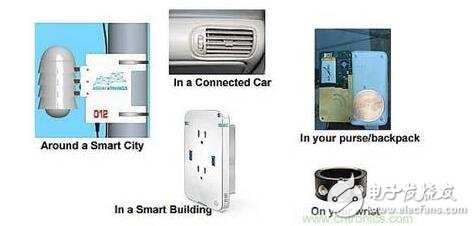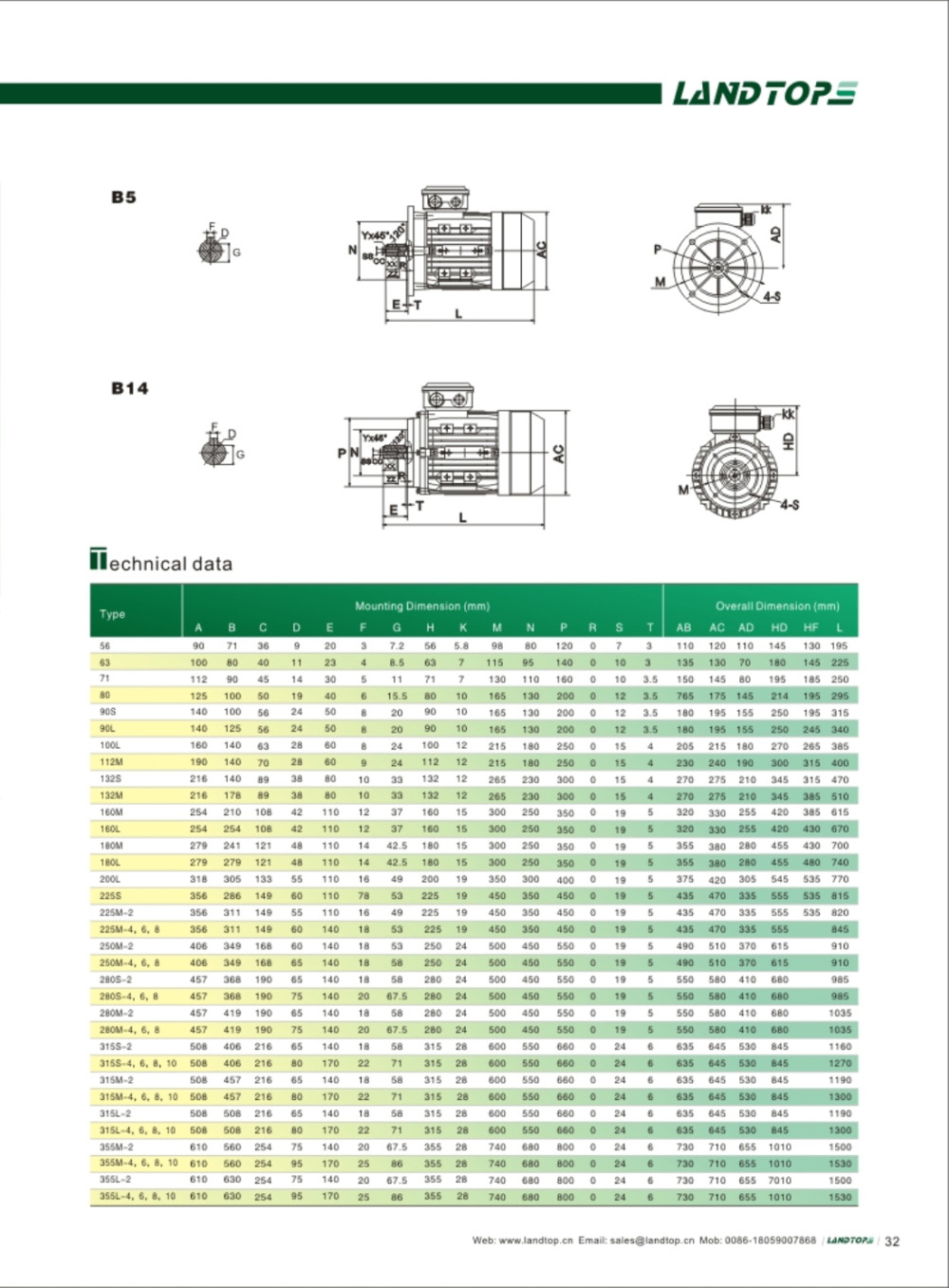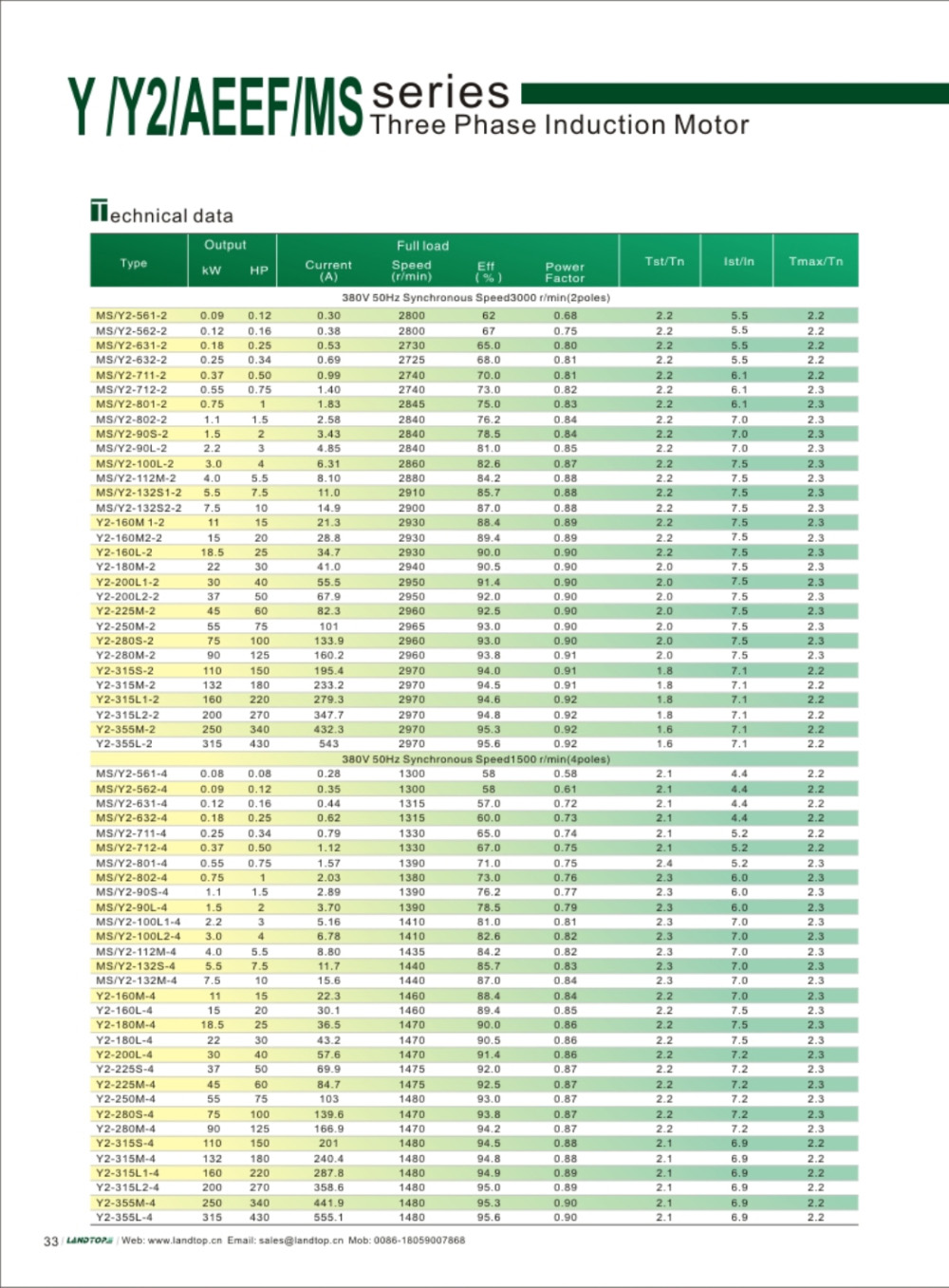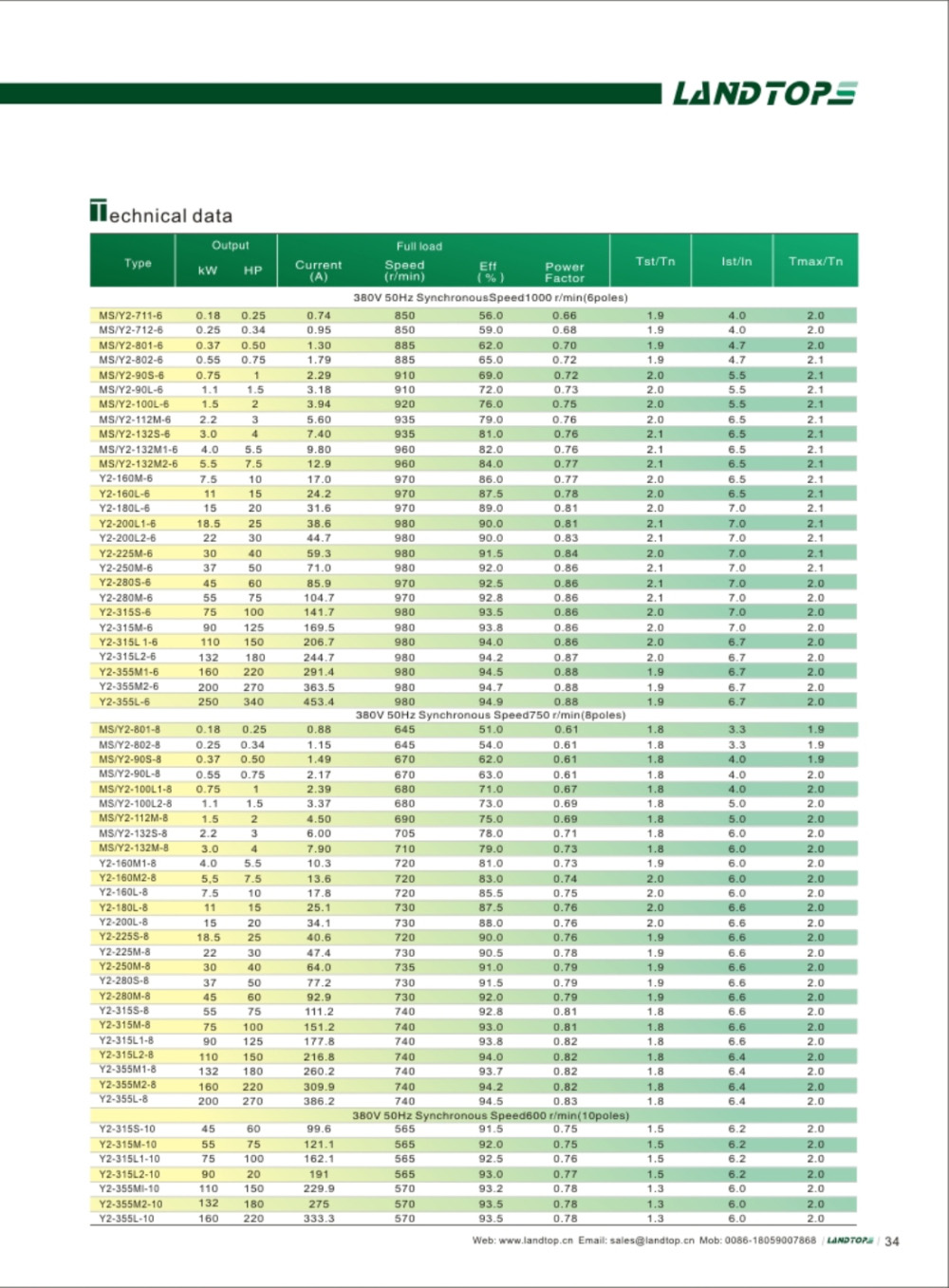This paper introduces a typical environmental sensor network system design from the perspective of analog and power management design, which can be used to analyze outdoor air quality in smart cities or regions. The deployment of such systems can help people understand the quality of the air they breathe in their daily production life. A closed-loop feedback system with sensors will help users and local governments adjust and improve local air quality to improve the health of the local population, reduce medical costs, extend life and improve quality of life.
The quality of the air worldwide is declining. According to the World Health Organization (WHO), 3.4 million people died of environmental or outdoor air pollution in 2014, and 4.3 million people died from indoor or home pollution. The Environmental Protection Agency (EPA) has a good response to indoor air pollution. This paper introduces a typical environmental sensor network system design from the perspective of analog and power management design, which can be used to analyze outdoor air quality in smart cities or regions.
Below we will start with electrochemical sensors because they have ultra-low power consumption, and ultra-low power consumption is a key element of the wireless sensor nodes used in such systems.
Electrochemical sensors
Some of the oldest electrochemical sensors date back to the 1950s and are used primarily to monitor oxygen.

Figure 1: The size of electrochemical gas sensors has improved by orders of magnitude since 2012. But size is not the only improvement, lower power consumption gives the system longer battery life, and even energy harvesting power has made significant progress. (Image courtesy of KWJ Engineering and SPEC sensors)

Figure 2: The SPEC sensor system uses printable nanostructured ink catalytic materials and high-performance electronic components: hardware, firmware, and software (Intelligent Algorithms Enhance Device Stability by Billion Level), Precision Analog Front End (AFE) With microprocessor, analog to digital converter for digital signal processing, and IoT interface. (Image courtesy of KWJ Engineering and SPEC sensors)
Electrochemical sensors appear to be the industry's lowest power solution. This sensor consumes only nanowatts to milliwatts, and the carbon monoxide (CO) and hydrogen sulfide (H2S) sensors do not require a bias voltage.

Figure 3: Basic working principle diagram of the electrochemical sensor, and a working block diagram of the SPEC sensor.
MS Three-Phase Aluminum Housing Electric Motor
MS Series 3-phase Aluminum Housing Induction Motor
MS series motor is totally enclosed and fan cooled 3 phase squirrel cage induction motor. It is newly designed in conformity with the relevant rules of IEC&DIN42673 standards. Y connection for motor of 3kw and below. Delta connection for 4kw and above.
Application:
MS serise 3 phase motors are widely used as driving equipments of various machineries such as: machine tools, blowers, pumps, compressors, transporters, agricultural and food processing.
Operating Condition:
Ambient temperature: -15°c to 40 °c
Altitude: ≤1000m
Rated voltage: 380V, 400V, 415V, 220V, 230V, 240V, etc
Rated frequency: 50HZ, 60HZ, 50HZ/60HZ
Duty: Continuous(S1)
Insulation class: Class B, Class F
Protection class: IP44, IP54, IP55
Cooling method: IC0141
Note:
The voltage and frequency could be made according to your request. If there is any requirements or inquiries, welcome to contact us.




MS Three-Phase Electric Motor,10KW Electric Motor,3 Phase AC Motor,Three Phase Electric Motor
FUZHOU LANDTOP CO., LTD , https://www.landtopcos.com